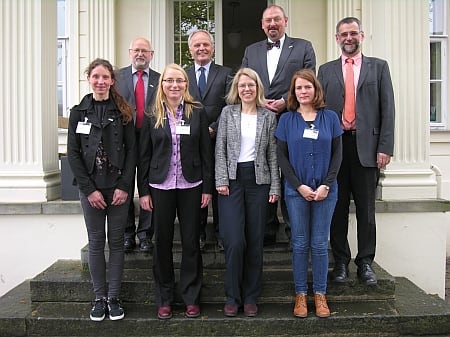The initial focus is on mycotoxins in food and feed and milk.
Scientists from the BfR will advise the ILRI about the creation of laboratory analysis capacities for the detection and identification of zoonotic disease pathogens in milk.

The ILRI has been investigating diseases of livestock in developing countries for more than 20 years to improve food safety and antimicrobial resistance.
It develops diagnostic products and vaccines designed to boost productivity of livestock species and maintain genetic diversity.
Funding for scientific research comes from entities such as Germany's Federal Ministry for Economic Cooperation and Development (BMZ).
Dr Andreas Hensel, BfR president, said the EU is the world's second largest importer of food.
"Promoting the production of safe food in the countries of origin therefore not only benefits people in Africa but also and directly people in Europe."
Other areas of cooperation include authenticity of feed and food, identification of food-associated bacteria, parasites and viruses and typing of pathogens with the help of genome sequencing.
Pyrrolizidine alkaloids project
Meanwhile, a three year project of the BfR and the University of Kaiserslautern funded by the German Research Foundation (DFG) will investigate the toxic potency of individual food-relevant pyrrolizidine alkaloids (PAs).
Researchers will do in vitro trials to analyse the metabolic pathway of individual PAs while determining the toxic effect of the various metabolized PAs.
The aim is to have a structure-effect relationship as a basis for predicting harmfulness of the different PAs or PA groups.
PAs are secondary plant constituents found in flowering plants such as the Asteraceae or Boraginaceae family. In high concentrations, PAs damage the liver and are suspected of acting as genotoxic carcinogens.
They can be present as contaminants honey, some tea varieties and herbal teas or in feed like green fodder or hay.
